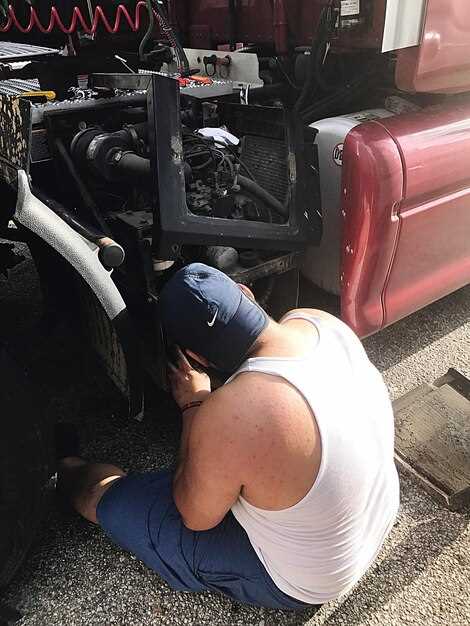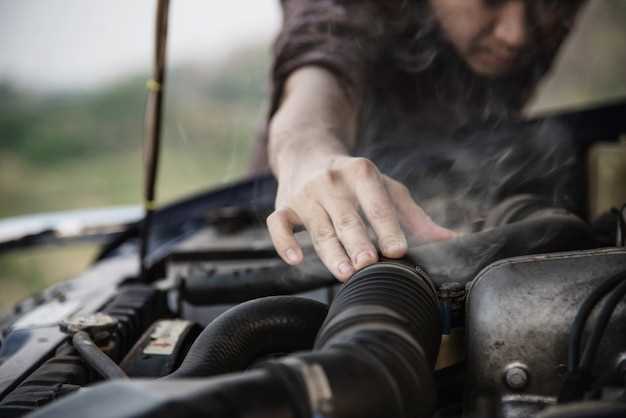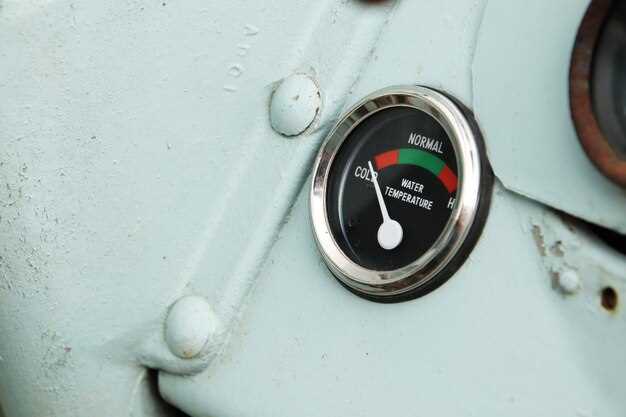
Understanding the health of your vehicle’s cooling system is vital, especially when it comes to the water pump in your Land Cruiser. This component plays a crucial role in circulating coolant throughout the engine, preventing overheating and maintaining optimal performance. However, like any mechanical part, the water pump can wear out and fail over time, which can lead to significant engine issues if not addressed promptly.
There are several symptoms that may indicate your water pump is beginning to fail. Being aware of these signs can help you detect issues early, potentially saving you from costly repairs and ensuring the longevity of your vehicle. From visible coolant leaks to unusual noises, recognizing these early warning signs is essential for every Land Cruiser owner.
If you notice any changes in your vehicle’s performance or the presence of coolant where it shouldn’t be, it’s important to investigate further. Symptoms of a failing water pump can range from minor issues to major concerns, creating a domino effect that could impact other components of your cooling system. Staying informed and proactive can help keep your Land Cruiser running smoothly on the road.
Unusual Noises Indicating Water Pump Issues
Listening for unusual noises is crucial when diagnosing the health of your Land Cruiser’s water pump. Common sounds that may indicate a failing pump include a high-pitched whining or grinding noise. These sounds typically arise from worn bearings within the pump assembly, suggesting imminent failure.
If you hear a clanking or knocking noise, it might indicate loose or damaged components within the pump or its mounting. This can lead to inefficient water circulation, risking overheating and further engine damage.
Additionally, a hissing sound may suggest a coolant leak near the pump, which can impair its performance and lead to water pump failure. Timely attention to these unusual noises can prevent costly repairs and ensure your vehicle runs smoothly.
Temperature Fluctuations and Overheating Symptoms

One of the critical signs of a failing water pump in your Land Cruiser is the presence of temperature fluctuations in the engine. If you notice that the temperature gauge moves sporadically, this could indicate that the water pump is not circulating coolant effectively, leading to inconsistent engine cooling.
Moreover, overheating symptoms are often closely linked to water pump failure. A consistently high temperature reading, along with steam rising from the engine compartment, suggests that the cooling system is compromised. This can result in severe engine damage if not addressed promptly.
In addition to temperature spikes, you may experience coolant leaks around the water pump area. This leakage is a clear indication that the pump is failing to maintain proper pressure and seal integrity, further exacerbating overheating issues.
Ignoring these symptoms can lead to complete engine failure, so it is vital to monitor your vehicle for these signs and seek professional diagnosis and repair as needed.
Leaks and Fluid Loss Around the Water Pump Area

One of the most telling signs of water pump failure in your Land Cruiser is the presence of leaks and fluid loss around the water pump area. When the water pump begins to deteriorate, it may develop small cracks or a faulty seal, leading to coolant escaping from its housing. This fluid loss can manifest as green or orange puddles under the vehicle, indicating that the coolant is leaking out.
Another symptom to watch for is the accumulation of fluids around the water pump itself; if you notice a wet or damp area, it could be a sign that the pump is no longer effectively containing coolant. Additionally, a constant need to replenish your vehicle’s coolant can also indicate a failing water pump, as it may not be able to circulate fluid properly, resulting in overheating.
If you experience these symptoms, it is essential to address the issue promptly. Ignoring leaks can lead to more severe engine problems, as coolant is vital for optimal engine temperature regulation. Regular inspections of the water pump area can help detect leaks early, allowing for timely repairs and preventing potential engine damage.
